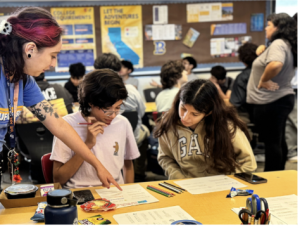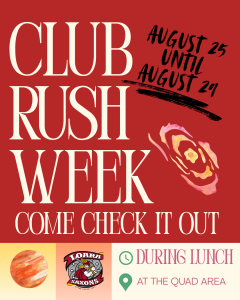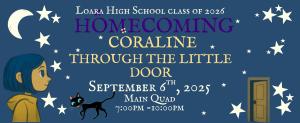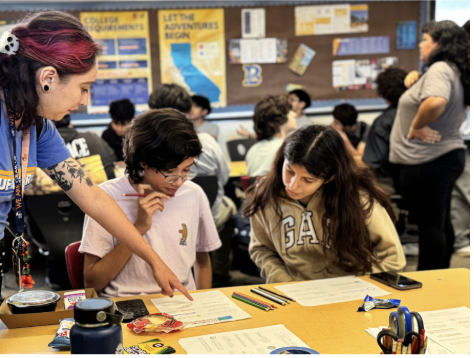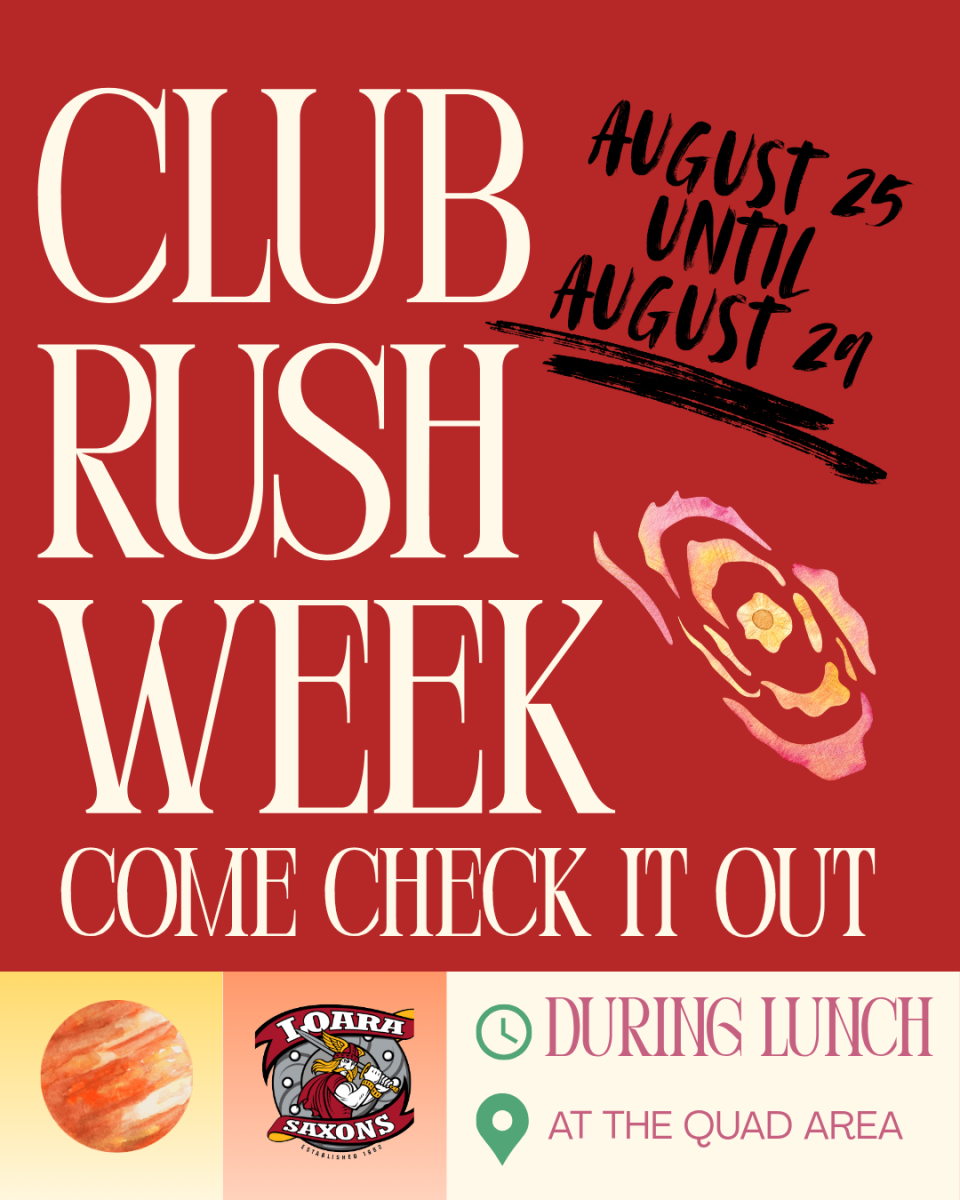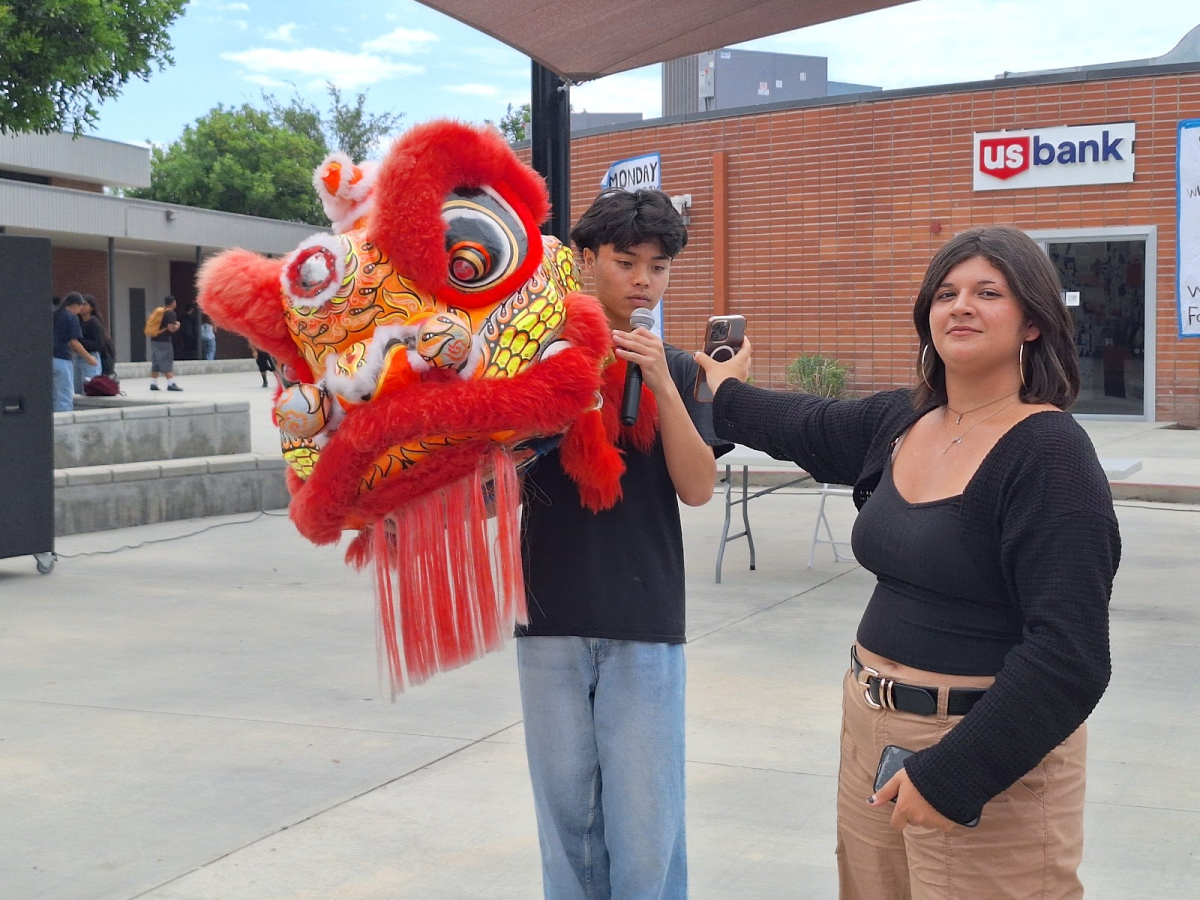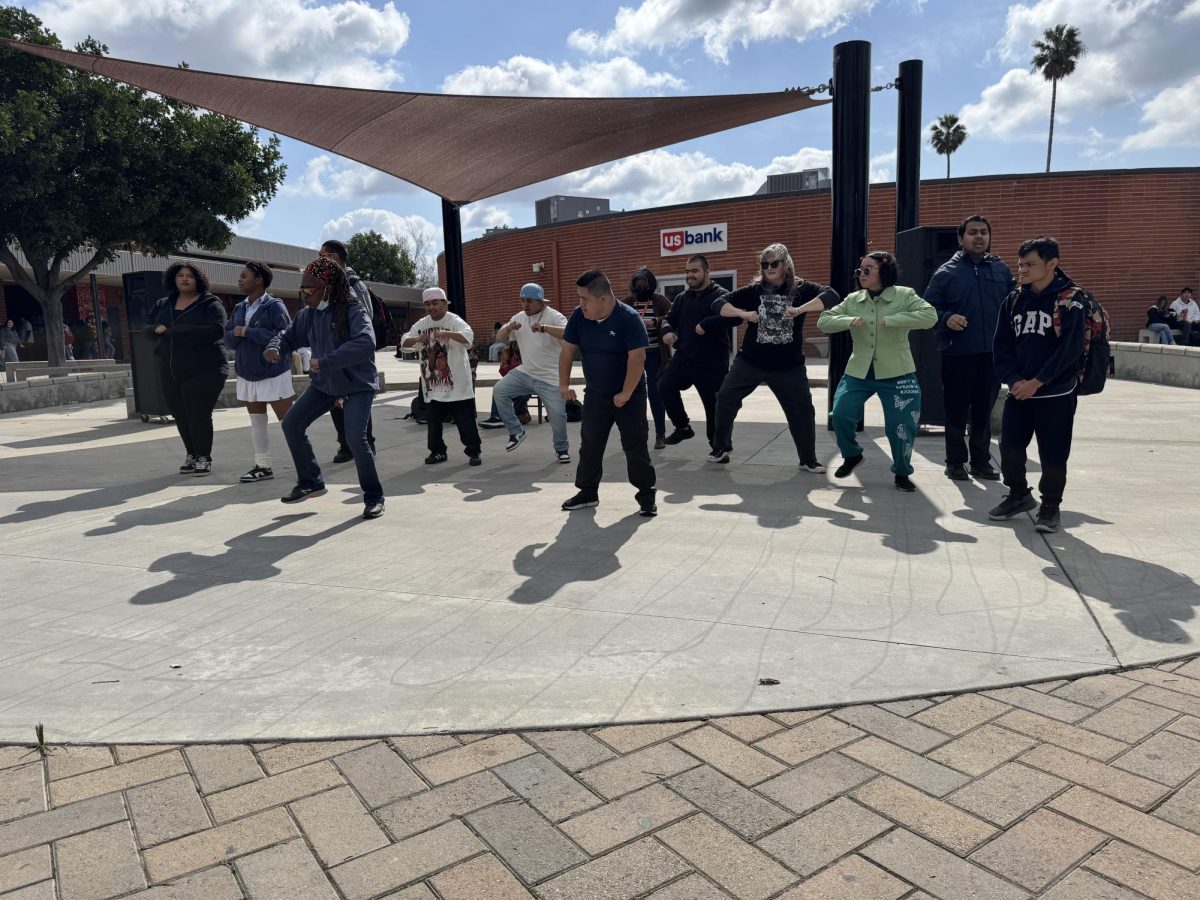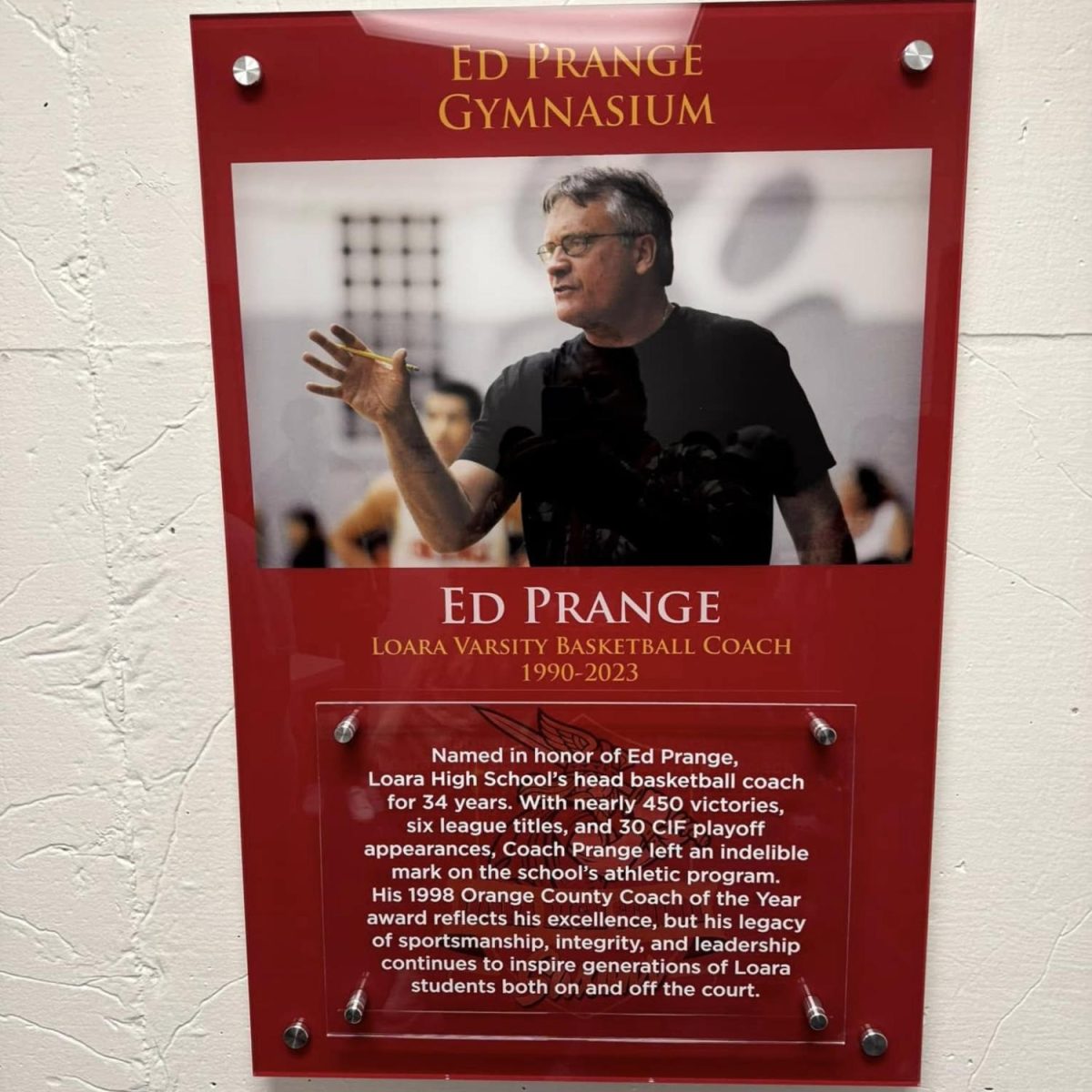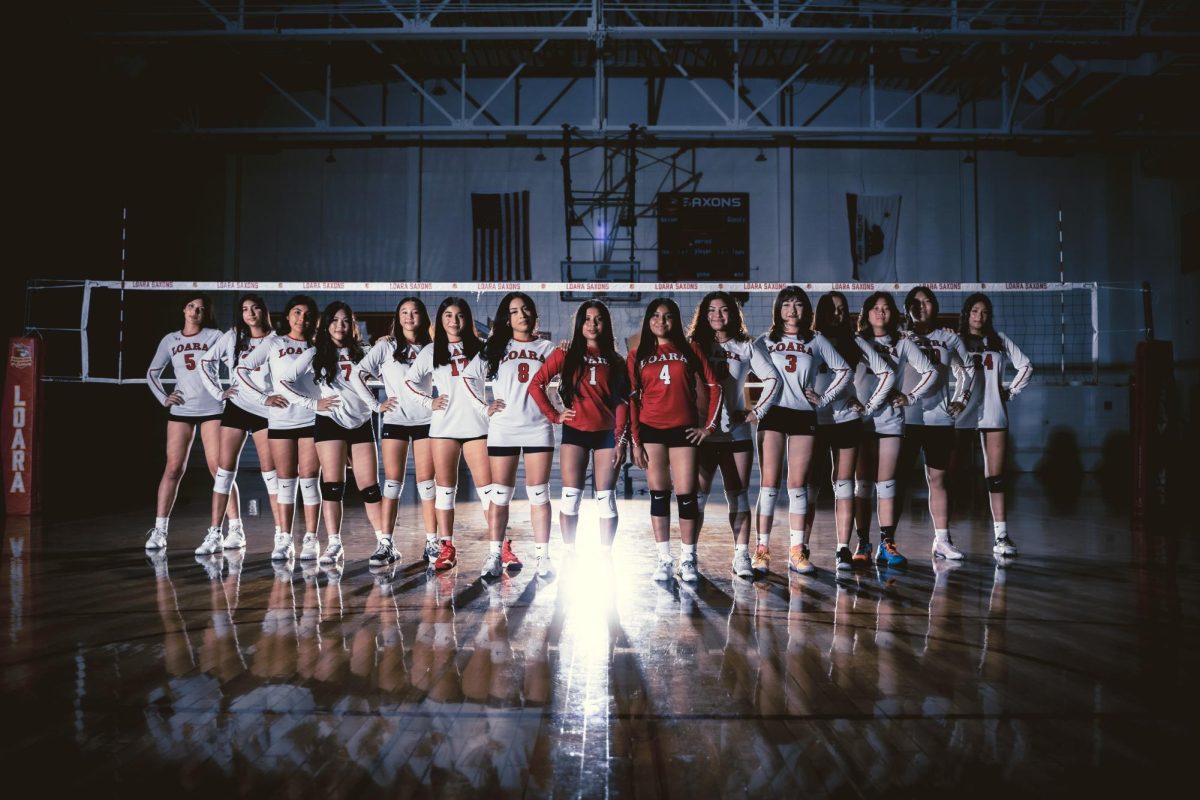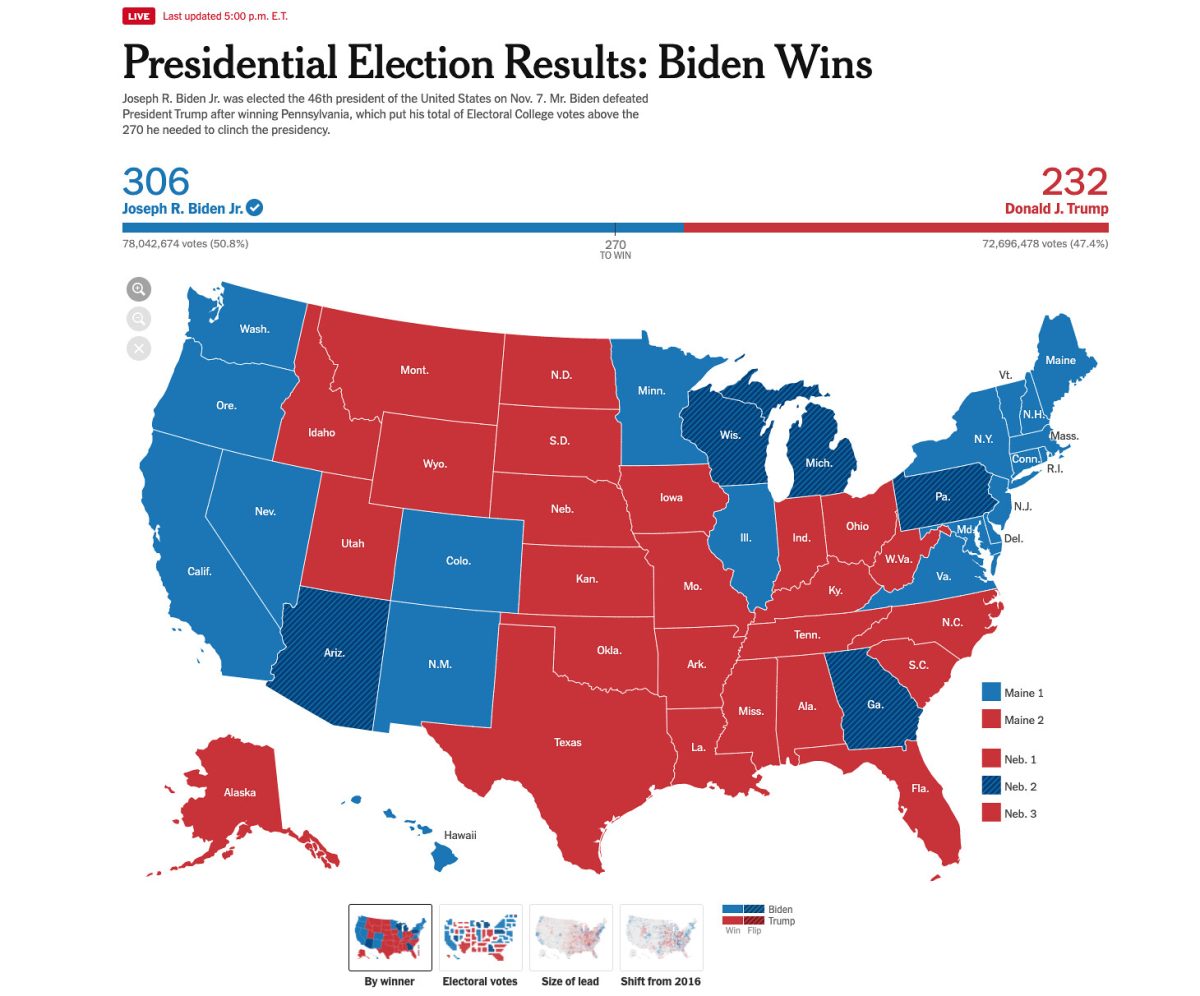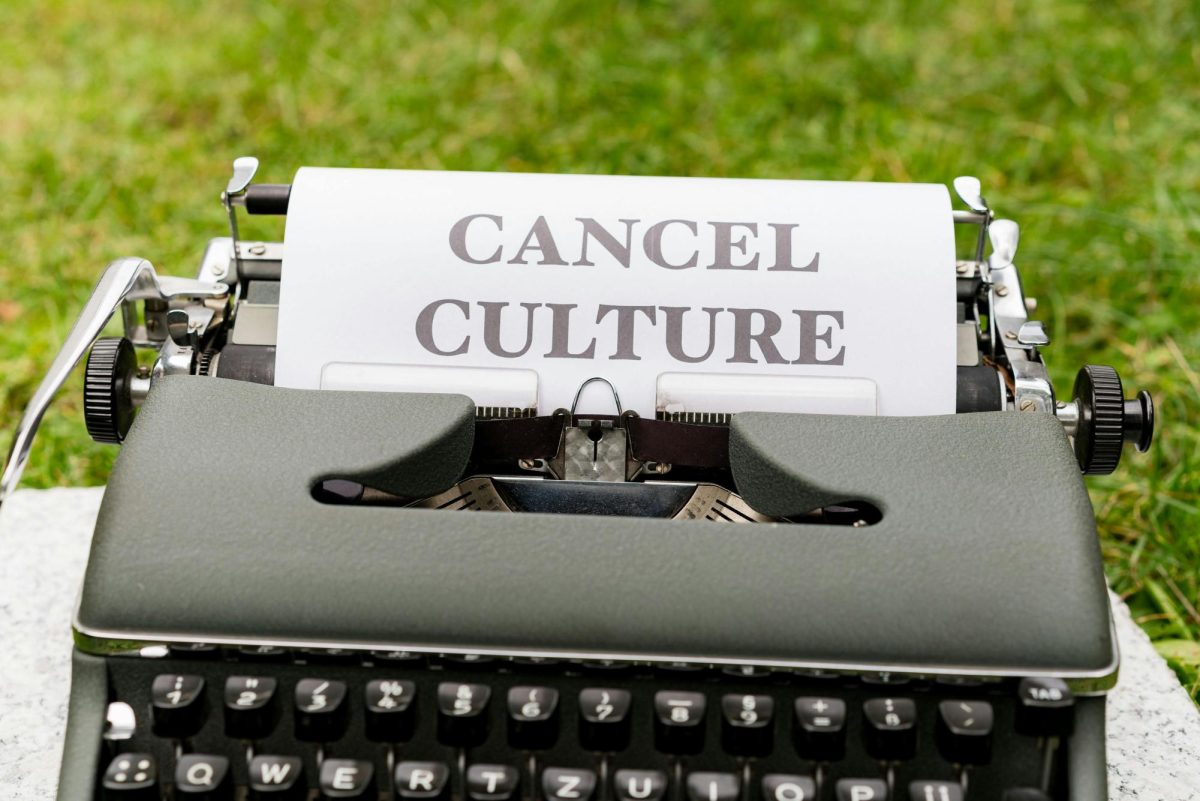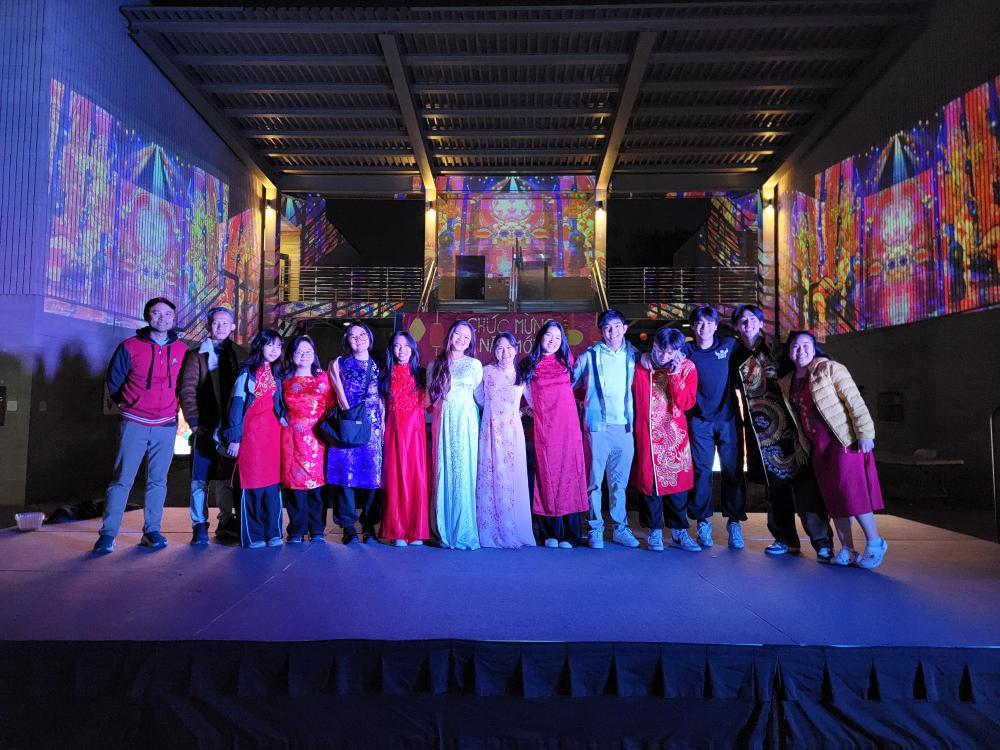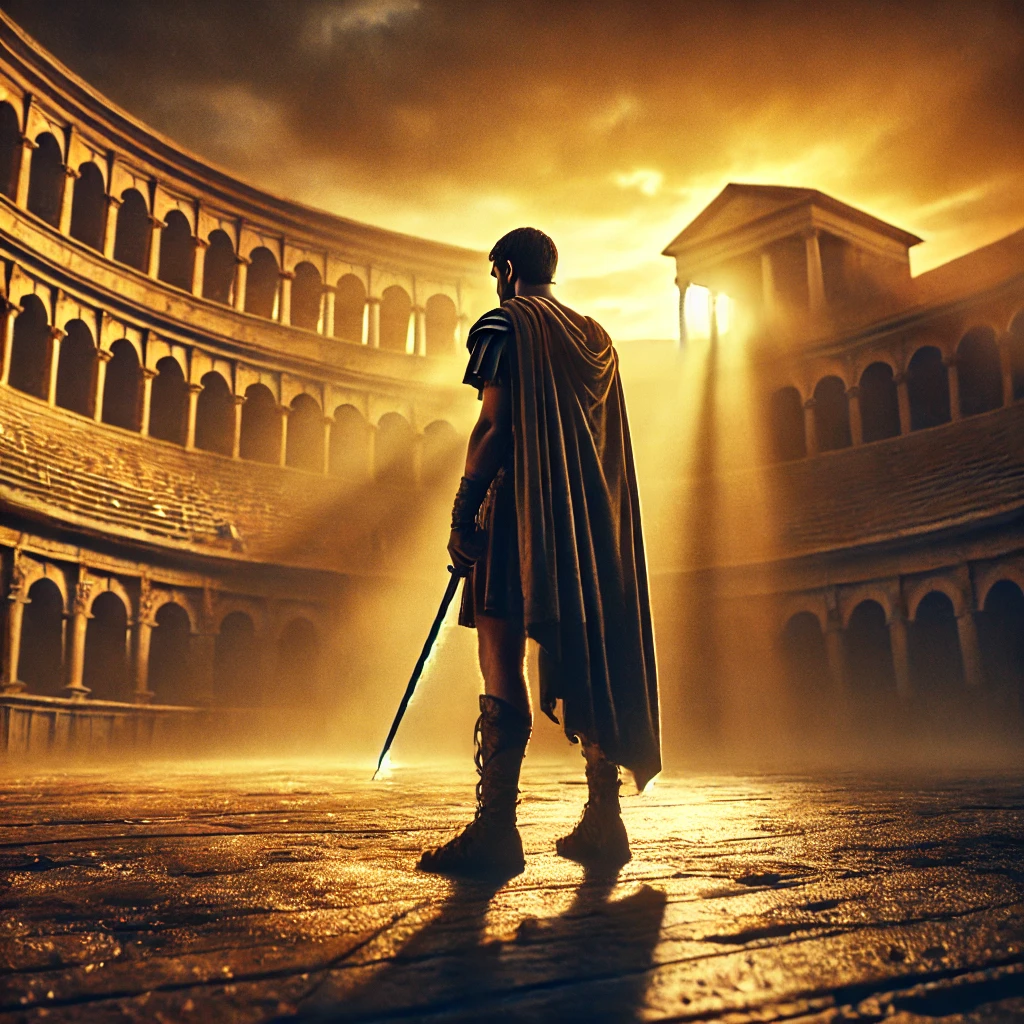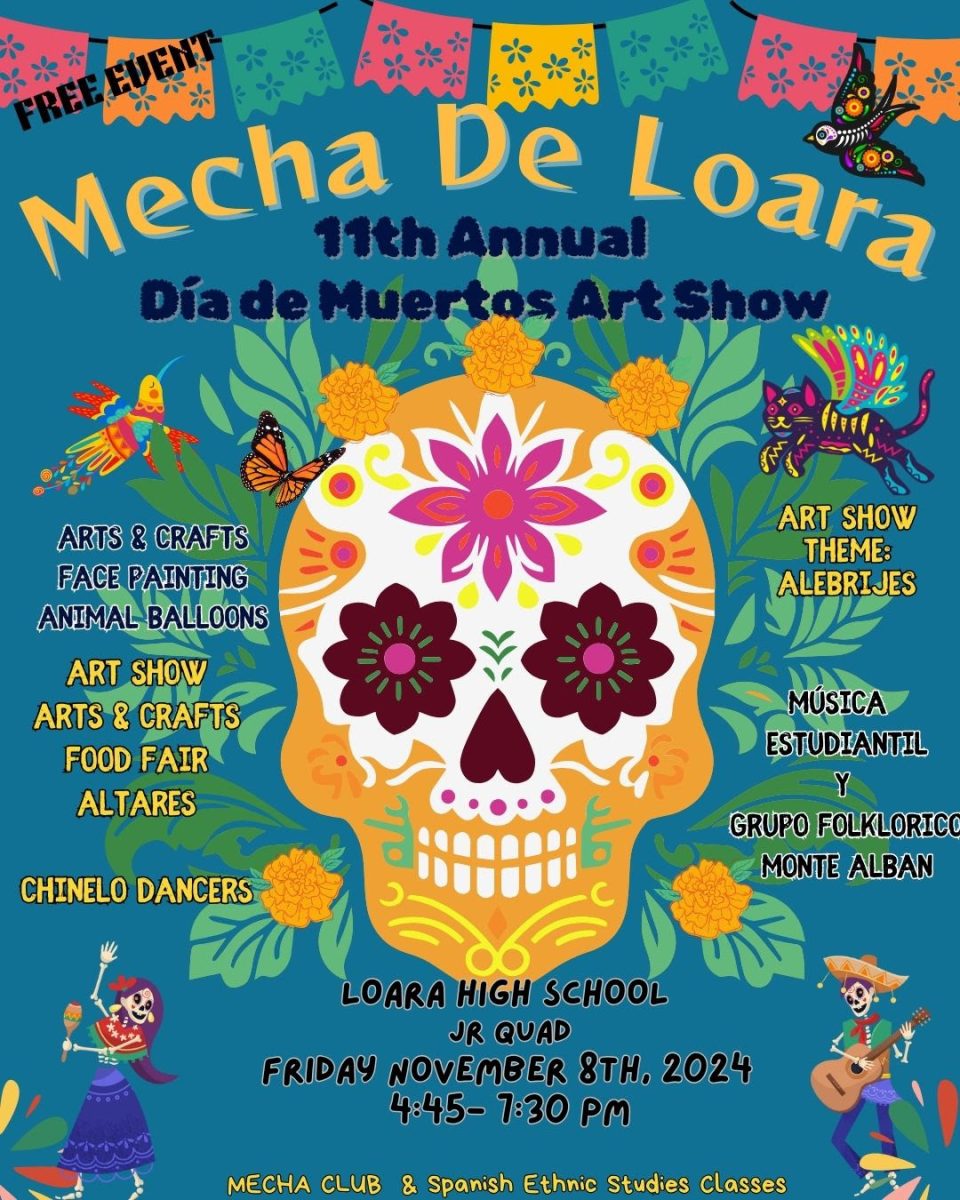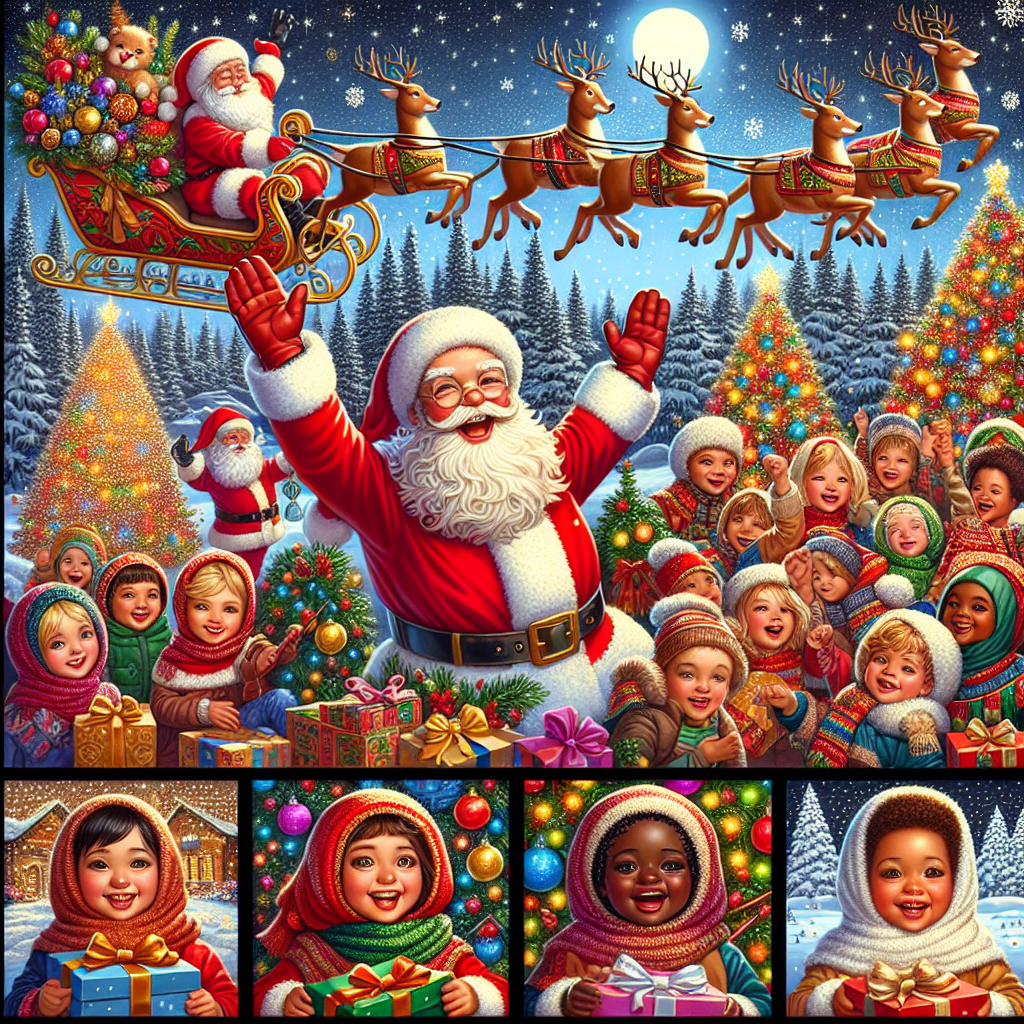Loara High School has a diverse campus of students who celebrate the Holidays differently. Some don’t celebrate at all, while others go all out. Here are a few of the cultures represented on our campus.
Mexican Culture
Although Mexican families do celebrate with Christmas trees, it is also common to decorate their homes with biblical nativity art, such as a scene of Jesus’ birth called a Nacimiento. Families may attend Pastorelas, which are plays that teach the audience about the Bible in a lighthearted way that helps embody the holiday mood. While Americans may hear familiar Christmas tunes like “Little Drummer Boy” or “Silver Bells,” songs like “Los Peces en el Río” or “Arre Borrequito” are popular in Mexico. They call their Christmas carols “villancicos”. The celebration of the Posadas is a crucial Christmas tradition in Mexican culture. These community celebrations take place nine days before Christmas, from the 16th to the 24th. During this time, participants hold candles and sing carols while strolling through the neighborhood. This represents the journey Mary and Joseph took to Bethlehem. To keep the festive spirit alive, many families end the night with a fiesta, which involves piñatas, food, music, more carols, and celebration with loved ones.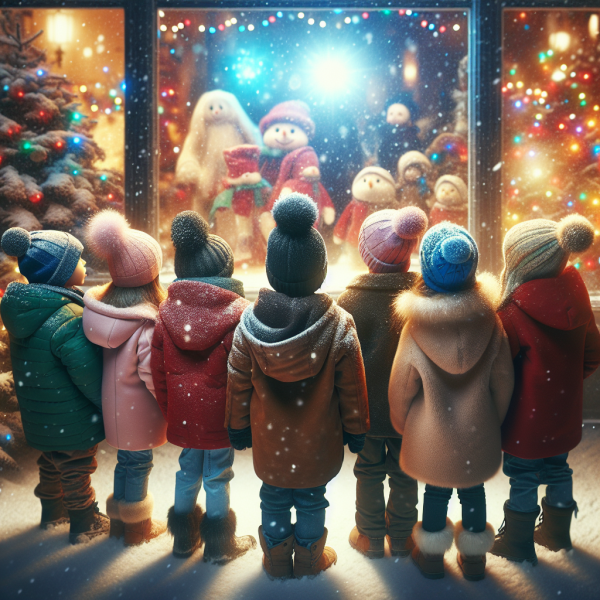
Filipino Culture
With more than 80% of Filipinos being Catholics, the Philippines is one of the few Christian countries in Asia. Similar to Mexican culture, Filipinos may start celebrating Christmas as early as December 16th, with many attending early morning masses, culminating in the final mass on Christmas Day. They celebrate until the first Sunday of January to commemorate the Feast of the Three Kings. Christmas customs in the Philippines combine Western and native Filipino traditions, so they have Christmas trees and Santa Claus! Their most famous decoration is the ‘parol,’ a lighted star lantern encased in a bamboo frame that represents the Wise Men. Christmas Eve is very important in the Philippines, and many stay awake all night into Christmas. At night, people go to church for “simbang gabi,” followed by an open house feast at midnight with loved ones called Noche Buena, where anyone can drop in to share merry holiday wishes!
French Culture
In France, the four weeks before Christmas are called “Avant,” or “before,” dedicated to preparations for the holiday. Children are especially excited as they get to flip the first “window” in their Advent calendar. Food plays a huge role in French culture, especially during the holidays. On the evening of Christmas Eve, French families gather for a feast, wine, and conversation. These dinners can last up to six hours! Le Réveillon on Christmas Day is an even bigger and longer feast, involving more loved ones and can last all day. The traditional French Christmas feast includes foie gras or goose, chestnut-stuffed turkey, vegetable mixes with sautéed potatoes, and for dessert, La bûche de Noël, a log-shaped sponge cake. If two days of hearty feasts are not enough, the French may participate in “Les Treize Desserts” or “The 13 Desserts,” which, as the name reveals, is a series of 13 desserts that one must taste to have good luck for the next year. The number 13 is not random, as the desserts represent Jesus and the 12 Apostles at the Last Supper. Christmas is a crowded day for churches, as many French families attend Midnight Mass.
